Scar Revision
At a Glance
30 - 60 Minutes
SURGERY TIME
Scar Revision
At a Glance
Out-patients
HOSPITAL STAY
Scar Revision
At a Glance
No
ANAESTHETIC ASSESSMENT
Scar Revision
At a Glance
No
PRE ADMISSION TESTS
Scar Revision
At a Glance
Sleeping on back recommended
SLEEPING POSITION
Scar Revision
At a Glance
Immediately
REASONABLY MOBILE
Scar Revision
At a Glance
Shower after 1 day
WASHING
Scar Revision
At a Glance
Immediate
DRIVING
Scar Revision
At a Glance
2 weeks
EXERCISE INCLUDING GYM
Scar Revision
At a Glance
Restricted Activity
SEXUAL ACTIVITY
Scar Revision
At a Glance
Immeidate
FULL RECOVERY
Scar Revision
At a Glance
None


























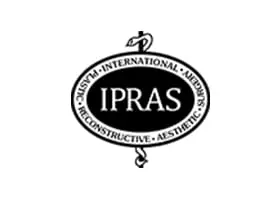

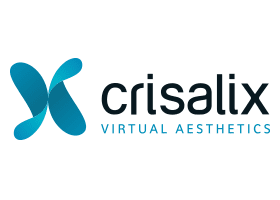





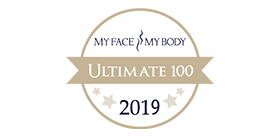


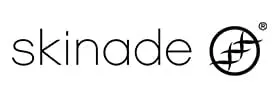
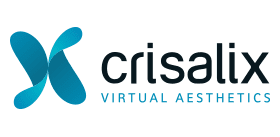





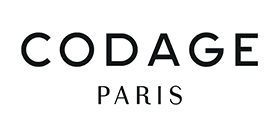


25th March 2025
Minimally Invasive Breast Surgery at Mr Banwell
Read More
24th March 2025
Revolutionary Ultrasound Breast Implant Check Now Available
Read More
18th March 2025
Body Contouring Surgery After Significant Weight Loss
Read More